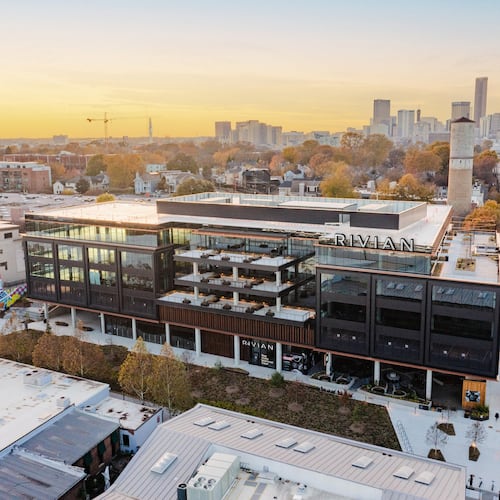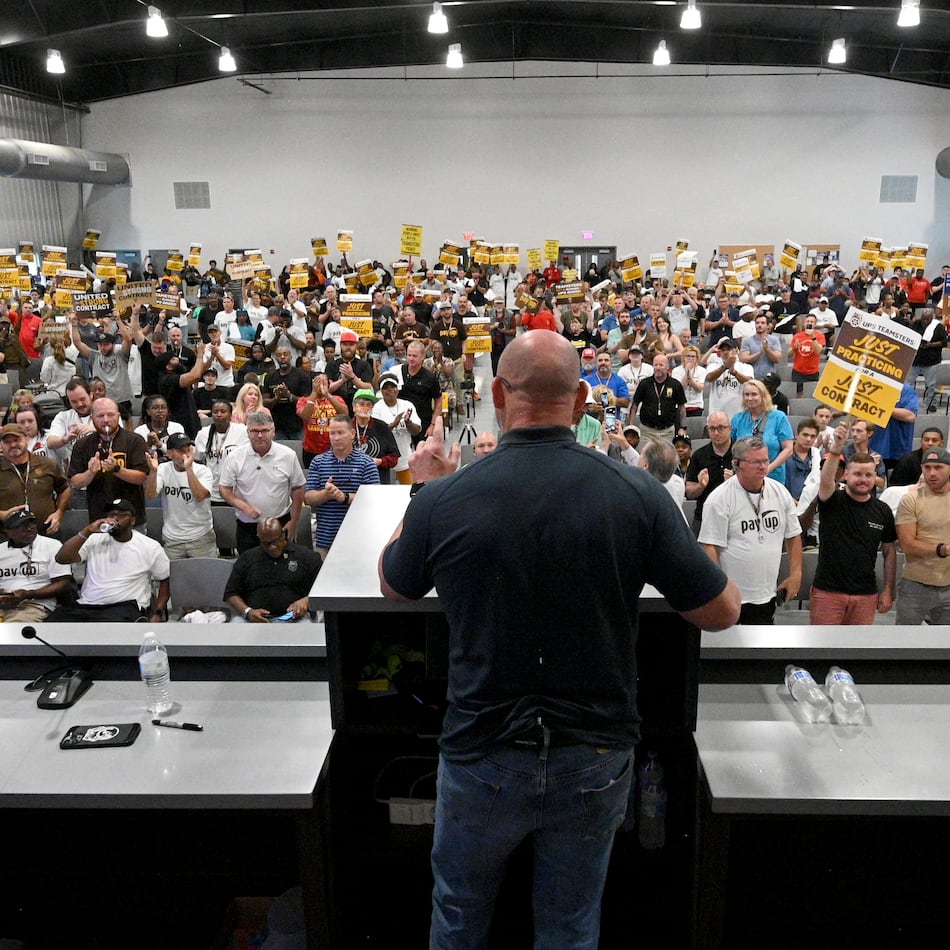Marijuana today is “genetically modified,” with THC levels that “far surpass the marijuana” of the 1970s.
Former U.S. Rep. Patrick Kennedy, D-R.I., during an interview Jan. 21 on MSNBC
Apparently, back when President Barack Obama would get high with the Choom Gang, he was tokin’ on some weak product by today’s standards.
At least that’s what one former congressman says.
After Obama told The New Yorker that marijuana is no more dangerous than alcohol — which opened the door to a broader conversation about legalizing or decriminalizing the drug — former U.S. Rep. Patrick Kennedy, D-R.I., said the president needs to brush up on his pot knowledge.
Kennedy, the chairman of Smart Approaches to Marijuana, a group that opposes legalization, suggested that Obama talk to his director of the National Institutes of Health in charge of drug abuse. The director, he said, “would tell the president that, in fact, today’s modern, genetically modified marijuana (has) much higher THC levels, far surpass(ing) the marijuana that the president acknowledges smoking when he was a young person.”
Obama wrote about being a pot-smoking adolescent in his memoir, “Dreams from My Father.” More recently, in journalist David Maraniss’ biography “Barack Obama: The Story,” readers learned that Obama as a high schooler in the late 1970s rolled with a group called the Choom Gang — friends from Hawaii who frequently got high.
We decided to investigate whether marijuana has changed that much.
What is THC?
THC is the main psychoactive ingredient in the marijuana plant.
The level of THC in a plant varies by its strain.
THC levels also differ depending on the part of the plant used and how it is processed for consumption. In addition to marijuana, there are materials such as sinsemilla (the flowering tops of unfertilized female plants), hashish or cannabis resin, and hash oil (a concentrated extract from cannabis plants). Hashish oil tends to have much higher concentrations of THC than marijuana or even sinsemilla.
But has weed as we once knew it become more potent?
The answer is yes. THC levels are on the rise and have been for some time.
The University of Mississippi Potency Monitoring project analyzed tens of thousands of marijuana samples confiscated by state and federal law enforcement agencies since 1972. The average potency of all seized cannabis has increased from a concentration of 3.4 percent in 1993 to about 8.8 percent in 2008.
Back in the late 1970s when Obama was in high school (he graduated in 1979), the mean potency for marijuana was about 3 percent, said Mahmoud ElSohly, director of marijuana research at Ole Miss.
How did it get so strong?
Kennedy said the reason for the increasing levels of THC is genetic modification. That’s not quite right.
Genetic modification or genetic engineering involves altering a substance’s DNA at the molecular level. Producers of marijuana on the illicit market don’t have the ability to pull off those kinds of lab-based modifications.
Genetic selection, however, involves breeding marijuana plants with the highest concentration of THC. Genetic selection, unlike genetic modification, has been practiced for centuries. Think about how we got different breeds of dogs or varieties of tomatoes.
ElSohly said genetic selection is quite prevalent in marijuana.
Cultivation methods that allow growers to control climate, water and soil levels have dramatically improved production as well, he said, and they have a better idea what parts of the plant produce the highest concentration of THC.
What does it mean?
What does this rise in potency mean in a practical sense? Let’s start with what the NIH says.
Noting that the psychoactive ingredient in marijuana has increased in recent decades, the NIH warns that “daily use can have stronger effects on a developing teen brain than it did 10 or 20 years ago.”
Researchers have warned against marijuana use by teens and even young adults, noting that developing brains have an increased risk of dependency. That was an issue even before potency factored in, though the growing strength of the drug does have health officials more concerned.
Those concerns are also directed at populations who had already been advised against smoking marijuana when THC levels were lower, such as individuals with cardiovascular diseases or those with certain mental illness, such as schizophrenia.
But for the average adult recreational or habitual user, there’s a lot less certainty about what rising THC levels mean.
Only a handful of studies have looked at how users smoke marijuana with varying THC levels. Several of these studies noted that when test subjects were using more highly concentrated marijuana, they often smoked less than they did when consuming product with a lower THC level.
Roger Roffman, a social work professor at the University of Washington and author of the upcoming book “Marijuana Nation,” noted that there has been little research on the impact of potency in cannabis at the levels seen today, especially in products like hash oil, meaning we don’t know everything about its potential impact.
Our ruling
Kennedy said that marijuana today is “genetically modified,” with THC levels that “far surpass the marijuana” of the 1970s.
Generally speaking, the potency of marijuana has been on the rise since Obama’s youth, though experts disagree about what impact that rise could have on marijuana’s negative health effects, in part because the research is incomplete. The most off-base part of Kennedy’s claim is that the rise in THC levels comes from “genetic modification.” It’s actually from genetic selection, a very old process of producing desired traits from crops. On balance, we rate his statement Mostly True.
About the Author
Keep Reading
The Latest
Featured

